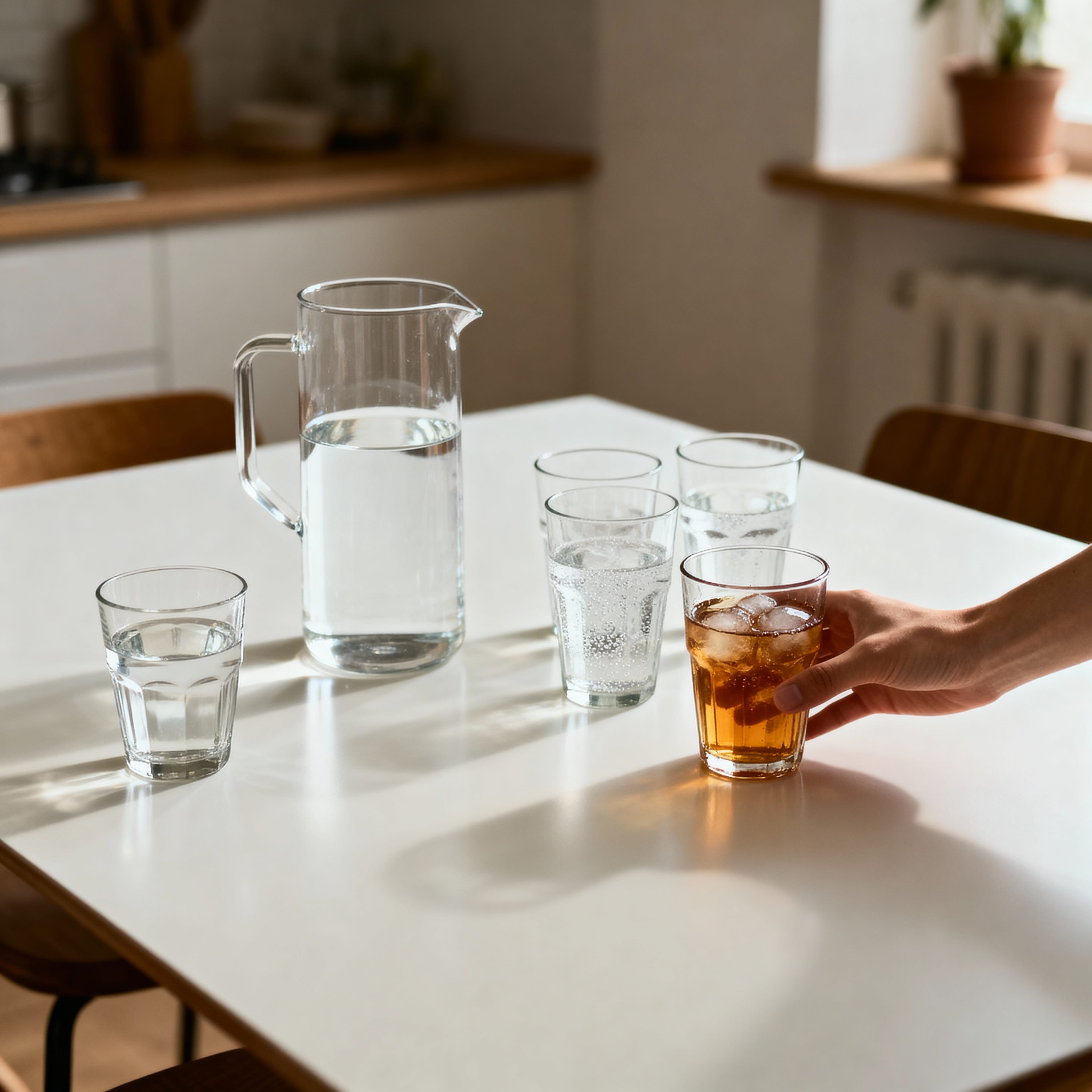Microdosing GLP-1s: What It Means and Why Everyone’s Talking About It
Author
glp winnerDate Published
- Twitter
- Facebook
- LinkedIn
- Instagram
- Copy Link

If you’ve seen the term “microdosing GLP-1s” on social media or in the news, you might be wondering what it actually means. Is it safe? Why is it suddenly everywhere? This guide breaks it down in plain language so you can understand what’s real, what’s still unknown, and what to ask your doctor.
Quick Refresher: How GLP-1s Work
GLP-1 (glucagon-like peptide-1) is a natural hormone that helps regulate appetite and blood sugar. FDA-approved GLP-1 medications mimic this hormone.
Here’s what science shows they do:
- Help insulin respond when sugar is high
They help your pancreas release insulin only when needed, while lowering glucagon. This evens out blood sugar swings (Nature Reviews Cardiology). - Slow digestion
Food moves more slowly from your stomach into your intestines, which reduces sharp sugar spikes (PubMed). - Curb appetite in the brain
GLP-1s send “I’m full” signals to the brain, reducing hunger and cravings (Nature Reviews Cardiology). - Possible extra effects
Research suggests links to heart health, inflammation, and brain function, but these are still being studied (Endocrine Society).
So they’re not just “hunger blockers.” They work on metabolism, digestion, and brain signaling.
What Microdosing Means
Microdosing usually means using smaller amounts of a drug than the standard studied dose. For GLP-1s, this might mean:
- Staying at the lowest starting dose and not moving up (or even going below the starting dose)
- Using smaller steps between doses
- Splitting doses into smaller parts
Key point: There is no FDA-approved protocol for microdosing GLP-1s. Some patients do this with commercial products, though flexibility is limited. Others may use compounded versions, which allow smaller steps but are not FDA-approved and have not been tested for safety or efficacy.
Why You’re Hearing About It Now
Microdosing is not brand new, but more people are talking about it because:
- Surveys show it’s common: 36% of GLP-1 users say they currently microdose, often to ease side effects or save money (Tebra).
- Celebrities and media: Public figures like Andy Cohen have shared their experiences.
- Providers offering plans: Some telehealth clinics now advertise “microdosing” options.
- High drug costs: Branded GLP-1s are expensive, so patients may talk with their doctor about stretching prescriptions.
- Social media buzz: TikTok and Instagram have turned it from a quiet workaround into a trend.
What We Know (From Full Doses)
Research strongly supports FDA-approved dosing schedules:
- Weight loss: In the STEP trial, people taking semaglutide 2.4 mg weekly lost ~15% of body weight in 68 weeks, vs. 2.4% with placebo (NEJM).
- Blood sugar: GLP-1 drugs improve HbA1c in people with type 2 diabetes (ADA).
- Heart health: Some GLP-1s reduce the risk of major cardiac events in high-risk patients (Nature Reviews Cardiology).
Real-world studies confirm these benefits, though results can be smaller due to side effects, cost barriers, or treatment interruptions.
What We Don’t Know (At Microdoses)
Microdosing GLP-1s is still experimental. The unanswered questions include:
- Does it work at all? We don’t know how low you can go before benefits disappear.
- Do results last? There are no long-term studies on microdosing.
- Is it safer? Even low doses can still cause nausea, constipation, or other side effects.
- Are there risks? Possible unknowns, especially if someone delays needed escalation.
Who Might Explore Microdosing
People sometimes explore microdosing if they:
- Have strong side effects on higher doses
- Want lighter appetite control instead of major weight loss
- Are re-starting GLP-1s after a break
- Struggle with cost and want to stretch prescriptions
- Doctors may prescribe microdoses for off label GLP-1 conditions where the patient is not desiring weight loss
⚠️ Microdosing may not be suitable for people with urgent blood sugar needs, heart disease risk, or other medical complications. Always involve a clinician.
Key Takeaways
- Microdosing GLP-1s is a trend, but not new.
- Strong evidence supports standard FDA-approved doses, not microdosing.
- Compounded GLP-1s can allow flexible dosing but are not FDA-approved and carry risks.
- Anyone considering microdosing should do so only under medical supervision.
What to Ask Your Doctor Before Considering Microdosing
If you’re curious about microdosing GLP-1s, the safest step is to bring it up with your healthcare provider. Here are some starter questions:
- “Is a smaller dose right for my health goals?”
A doctor can help decide if lighter appetite control is enough, or if stronger weight loss or blood sugar management is needed. - “What side effects should I expect?”
Even at low doses, nausea, constipation, or other GI issues can occur. Ask when to be concerned and how to manage them. - “How will we track progress?”
Work out together what to measure — weight, appetite, blood sugar, or other health markers — so you know if the approach is working. - “What are the risks of staying at a low dose too long?”
Some patients eventually need higher doses for full benefits, like heart or diabetes protection. - “Does this involve compounded medication?”
If so, ask about quality controls, FDA status, and what compounding pharmacy is used.
These questions help ground the discussion in safety and evidence, not just online trends. If you’d like to see telehealth providers who are offering microdosing plans with compounded options, check out GLP Winner here.
If you enjoy posts like these, you can subscribe to receive newsletter updates.


